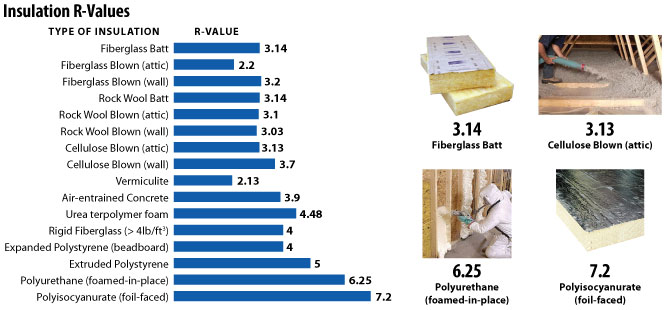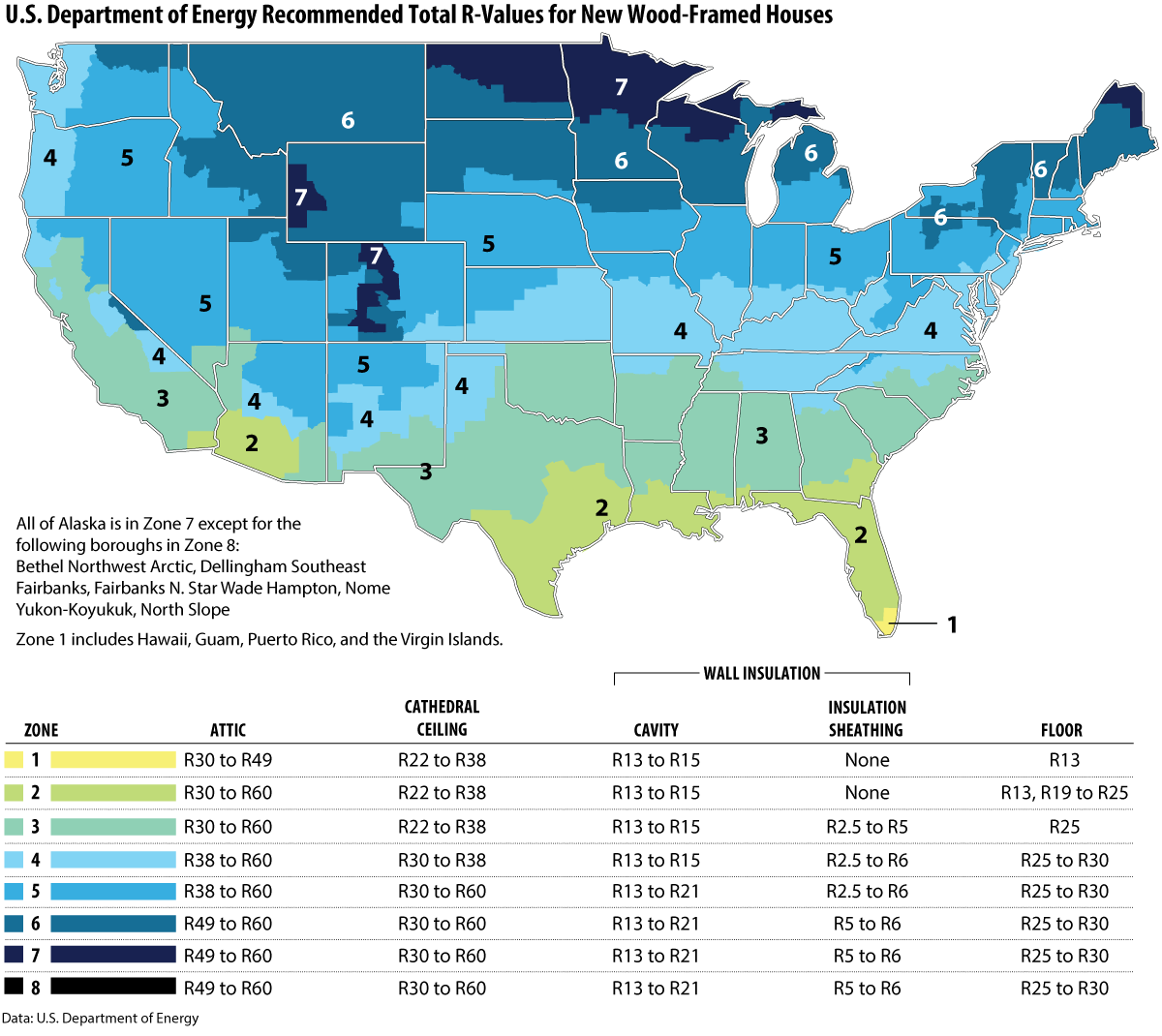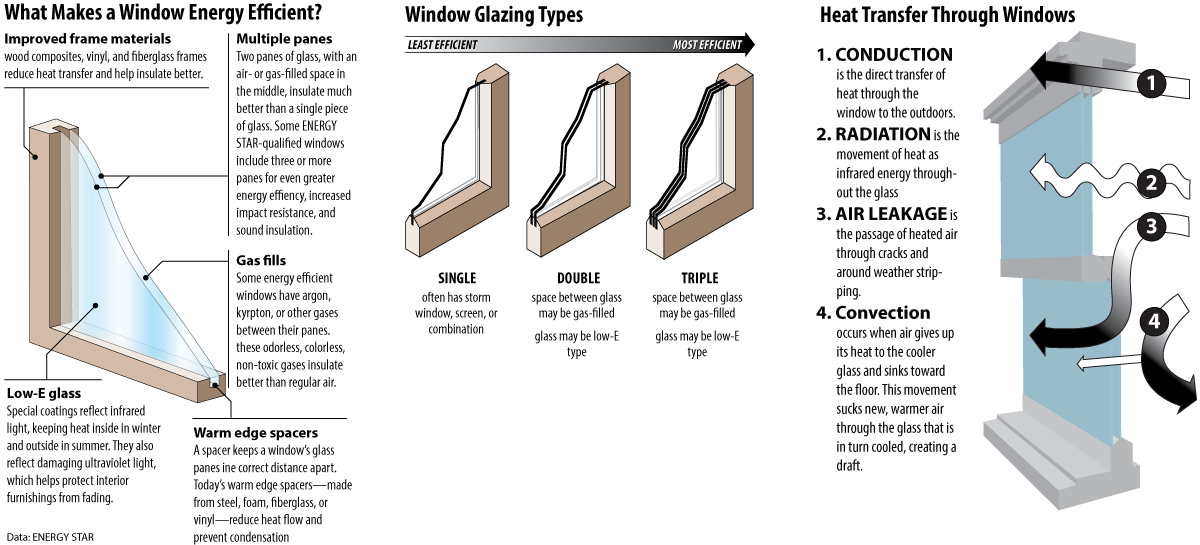Student Guide Sections
Introduction to Chemistry and Energy Efficiency
Insulation
Fertilizer and Crop Production
Lighting
Polymers
Insulation
The practice of conserving resources and minimizing the environmental and health impacts of buildings does not start with the production of electricity, it starts with building design.
A key focus in the design of a building is the actual building envelope and its insulating methods. The fact is that insulation alone accounts for 40 percent of the total CO2 and energy savings realized by application of products created by the chemistry industry. Specifically, EPS (expanded polystyrene) insulation can save up to 200 times the amount of energy required to produce it and reduce emissions of CO2 by up to 100 times the volume produced in the manufacturing process. Chemical companies are the principal supplier of materials for making foam insulation materials. The chemistry industry is also significantly impacted by energy and climate policy because of the energy-intensive nature of its business; it uses natural gas, coal, and petroleum as raw materials to manufacture products and as energy sources to power its facilities.

There are many types of insulation that are currently used in building design. Early construction practices may have relied on thickness of lumber (log construction) as the primary insulating factor. Modern buildings may rely on concrete, fiberglass, cellulose, or other materials. High-performance polymer insulation of a house or business significantly reduces the heating and cooling required, thereby reducing energy consumption and greenhouse gas (GHG) emissions. Globally, insulation of buildings is, at 2.4 GtCO2e (gigatons of CO2 equivalent), the largest contributor to the net emissions savings attributed to the chemistry industry. Insulation greatly reduces the heat lost by buildings, and so significantly decreases the need for energy for heating.

When evaluating different types of insulation, we currently use a rating known as an R-factor. The R-factor is a measure of thermal resistance. The higher the R-factor rating, the more effective and efficient the insulation. The table below shows relative R-factor ratings for various types of insulation.
It is worth noting that the payback period for energy in all of North America is no greater than 2 years (for R-6 insulation in zone 5) and as little as 3 months (for R-4 insulation in the Northwest Territories of Canada). This is a substantial return on investment.
Another key component in building design is location and type of windows used. Windows are evaluated based on their U-factor. A window’s U-factor measures how well a product prevents heat from escaping. In colder climates double and even triple paned windows are often used to increase the insulating capability.

Glass is usually made from melting sand, soda ash, and lime. These substances are fused together at extremely high temperatures to create a strong piece of glass that can be used to make windows. Scientists have added some compounds to the melting process to make glass of different compositions and created coatings to apply to the glass. These changes help to control the flow of energy through windows. Low-emittance, or low-E, coatings reduce a window’s U-factor by suppressing radiative heat flow. To make low-e glass, certain properties such as the iron content may be controlled. Some types of glass have naturally low emissivity, such as borosilicate or Pyrex. Specially designed coatings, often based on metallic oxides, are applied to one or more surfaces of insulated glass. These coatings reflect radiant infrared energy, thus tending to keep radiant heat on the same side of the glass from which it originated, while letting visible light pass. While not analyzed in the McKinsey report, the chemistry industry is highly involved in the development and production of energy efficient glass and coatings.
